Many of the world’s best and brightest minds operate in Healthcare and Scientific environments. Hospitals, Academic and Government Research Institutes, Healthcare Clinics, Medical Laboratories, Corporate R&D Centres: it is here where medical, scientific and technical breakthrough are first discovered, developed and then applied.
And operating right along side these professionals, helping them day-in, day-out to create the foundation for these advances are delicate, sensitive (and often expensive!) instrumentation and high-technology equipment.
Vibration Isolation of Sensitive Equipment
Some like Magnetic Resonance Imaging (MRIs) and CAT Scanners, DNA sequencing microarrays, Scanning Electron Microscopes (SEM), Coordinate Measuring Machines (CMMs) are so sensitive their performance and reliability are affected by vibration dynamics that would be virtually imperceptible by building occupants.
Unfortunately, all buildings vibrate due the hub of activity within and around them. From people, HVAC systems, pumps and motors, loading docks, and garbage compactors, to nearby construction or subway, rail & highway traffic corridors — all create ground-borne and/or structural vibration disturbances.
HGC has developed an international reputation and expertise in assessing and mitigating the impacts of vibration on sensitive equipment in healthcare and scientific institutions. We also have the resources and capabilities to conduct vibration monitoring, both short and long term as needed.
Public-Private Partnership (P3) Project Experience
We are also an active contributor to both Planning, Design, Compliance (PDC) and Design-Build (DB) teams on many P3 projects. We work with leading developers, planners, builders, architects, and engineers, providing comprehensive assessment and design services for all acoustical-related aspects of these large, complex and often mixed-use institutional projects across Canada and the United States.
Institutional Acoustical Consulting Know-How
Beyond sensitive equipment, other areas that are common to many scientific and healthcare facilities include large atriums, lecture halls, clinical care areas, wet and dry laboratories, classrooms and/or patient rooms, food courts, and administrative offices. We are fully adept and knowledgeable about how to best address the noise, vibration and acoustical challenges associated with these common institutional features.
Hospital Acoustics Expertise
In particular, hospitals have their own unique set of acoustical-related concerns. These institutions are typically hives of bustling activity, producing a discordant symphony of pulsating alarms, rattling carts, whirring machines, along with the full force gamut of patient, family and staff voices operating under stress, fatigue or pain. Adding to this chorus is the noise emanating from HVAC systems. As critical systems for the control of infections and contaminants, hospital HVAC systems have special air conditioning and ventilation requirements that are not amenable to standard silencing techniques.
The results? Not just poor acoustical environments, but soundscapes that are not conducive to healing and productive work. Issues of acoustical privacy and confidentiality are also of paramount importance but can be challenging in the large open spaces that are found through out these institutions. We work with design team members to establish properly targeted room and noise criteria for all key building areas.
LEED and WELL Certified buildings
We have also performed acoustical consulting for a variety of Green Building projects, which have become more prevalent in recent years. There are special challenges to developing good practices in acoustics for LEED and WELL Certified buildings, and we are familiar with the acoustical implications associated with their associated systems, standards and certification processes.
HGC offers consultation services relating to acoustics, noise and vibration at all stages of a project
During Planning
Environmental Noise and Vibration Studies
These feasibility studies examine the noise impact of nearby roads, highways, rail and subway traffic on the proposed site and its future occupants. As well, the study assesses the potential effects of vibration from adjacent subway or railway lines on a building’s foundation and structure. A study will also look at surrounding industries, buildings or activities nearby for potential stationary sources of noise or vibration that might impact the planned site. Additionally, we will review any early details the project team can provide on the site plans, looking for new noise and vibration sources associated with the design such as such as cooling towers, heating plants, loading bays, generators, helipads, that may in turn impact surrounding buildings and environments. These aspects are considered in a preliminary fashion in the context of a study and only general recommendations for mitigation of environmental noise and vibration are offered at this juncture.
At this Planning Stage we also offer:
- Expert Testimony for municipal hearings
- Peer Review
- Acoustic Design Spec and Brief for Design/Build RFP
During Building Design
We review the internal design of the building and its systems in order to provide acoustical guidance and recommendations to the architectural, mechanical, and electrical members of the team, with appropriate follow-up through construction.
- Preliminary Acoustical Design Review
Usually, it is beneficial to perform a preliminary review early in the design stage (at about 25% ready for construction), to ensure that provisions for unusual aspects are considered while there is still an opportunity to address them or to flag the issues for further analysis, ie stacking concerns, building orientation etc. As a result, alternative layouts or systems may be proposed for consideration. This will involve a review of the early architectural, mechanical, electrical drawings, as available. Many of our customers have come to recognize and value the benefits of our preliminary reviews and have now made them a standard part of their process in order to avoid costly changes and project delays that would otherwise have occurred later if not for our early input.
Establishing Acoustical Criteria: Based on our discussions with project team members, we will identify acoustical criteria (Noise Criteria (NC) or Room Criteria (NC) Levels, Reverberation Time, Noise Isolation, Speech Intelligibility, Masking Sound Levels etc.), for the various noise sensitive spaces such as classrooms, auditoria, library spaces, meeting spaces, private offices, etc. We will consider the spatial separations and acoustic privacy expectations, space stacking and general building services or general occupancy concerns. The criteria targeted will be based on meetings with team members, any information or measurement gathered and will address spaces within the building as well as suggested limits for impact on adjacent uses. A criteria report will be prepared and circulated outlining the recommended criteria and comments on the schematic design, for discussion purposes.
Façade and Glazing Specification: Once the drawings are sufficiently advanced, we provide refined glazing assembly requirements based on our previous environmental review and the latest floor layouts. This involves comparing the revised exposed glazing areas and associated room floor areas with those used in the environmental review and revising the glazing STC requirements, if appropriate, to meet indoor sound level criteria. - Detailed Acoustical Design Review
Once the working drawings are approximately 60% to 75% ready for construction, a full building design review can be provided. Our scope of work for such a review includes a thorough review of architectural, mechanical, and electrical drawings and specifications to identify areas where better details or modified assemblies may be warranted. Structural dynamics, for example, are sometimes identified as a potential source of vibration problem for sensitive equipment. (An Engineering department’s Scanning Electron Microscope can be adversely affected by the vibration caused by equipment in a adjacent mechanical room or the activities of a nearby Gymnasium or Basketball Court.) We will conduct acoustical analysis and treatment of sensitive spaces such as lecture halls, gymnasiums, atria etc. Where necessary, we will present mitigation recommendations on preferred noise and vibration control measures. This may include providing silencer recommendations for fan systems, cooling towers, generator sets, etc., vibration isolation recommendations of major or sensitive equipment to limit structure-borne noise, etc.
Mechanical and Electrical Systems: We will review the M&E drawings and the mechanical specifications to identify potential noise issues. Where improved details or upgraded noise control systems consistent with the goal for this building are warranted, comments or recommendations will be provided. Where a potential problem exists but more specific information about a particular mechanical or electrical system is required to perform a full assessment or to design mitigation, we will outline general requirements that can be added to the tender documents, placing onus for design on the supplier or installer.
Retail and Commercial spaces: Note that any planned retail and commercial spaces are reviewed as shell spaces, as the specific uses of such tenant spaces can change with a change in tenancy. The onus is usually placed on tenants to ensure that their activities are compatible with the building’s permanent space usages and provisions or precautions are incorporated in their fit-outs. However, in instances where specific tenant usage is indicated in the base-building design, our experience allow us to make sufficient assumptions on the nature of the types of equipment and activity which could be expected and offer mitigation suggestions accordingly (e.g., Coffee Shop, Healthcare suite, Fitness Club, Spa, etc.).
- Follow-up Review
Once the design team has indicted that they have integrated our recommendations into the construction documents (95-100% CD), a follow-up review can be conducted to confirm that our recommendations have been incorporated. Additional follow-up reviews required to address specific omissions or design changes may be required
During Construction
There are several aspects of the project during construction where we are also able to offer additional assistance for the design/build team.
Construction Vibration Assessment: Toronto is one of the few cities in North America with a City By-Law, 514-2008, that requires that a Construction Vibration Assessment be conducted in support of an application for a building or foundation permit. It mandates that a Professional Engineer assess the potential for impact on off-site structures in a “zone of influence” by the vibration effects of shoring, excavation and demolition activities. HGC is fully versed in all aspects of Construction Vibration Monitoring and Assessment. We offer the in-house know-how and monitoring technology your require to efficiently and cost-effectively meet your assessment and timeline requirements. Visit our Construction Vibration Monitoring and Assessment page for more details.
Shop Drawing Reviews: Shop drawings can be reviewed once the project enters the construction phase. We will review typical base-building equipment drawings for consistency with the specifications and recommendations contained in our initial review.
Site Inspections and Testing: Site inspections or field testing is often driven by the sensitivity of a specific issue or the complexity of its implementation.
Post Construction
Commissioning: During commissioning we will conduct measurements of reverberation and background sound to confirm compliance with the criteria.
Noise and Vibration Complaints: We offer on-going noise and vibration complaint forensics and troubleshooting to building managers of both new and mature buildings.


Women’s College Hospital Redevelopment

The Edmonton Clinic Health Academy

Southern Alberta Eye Center, Calgary
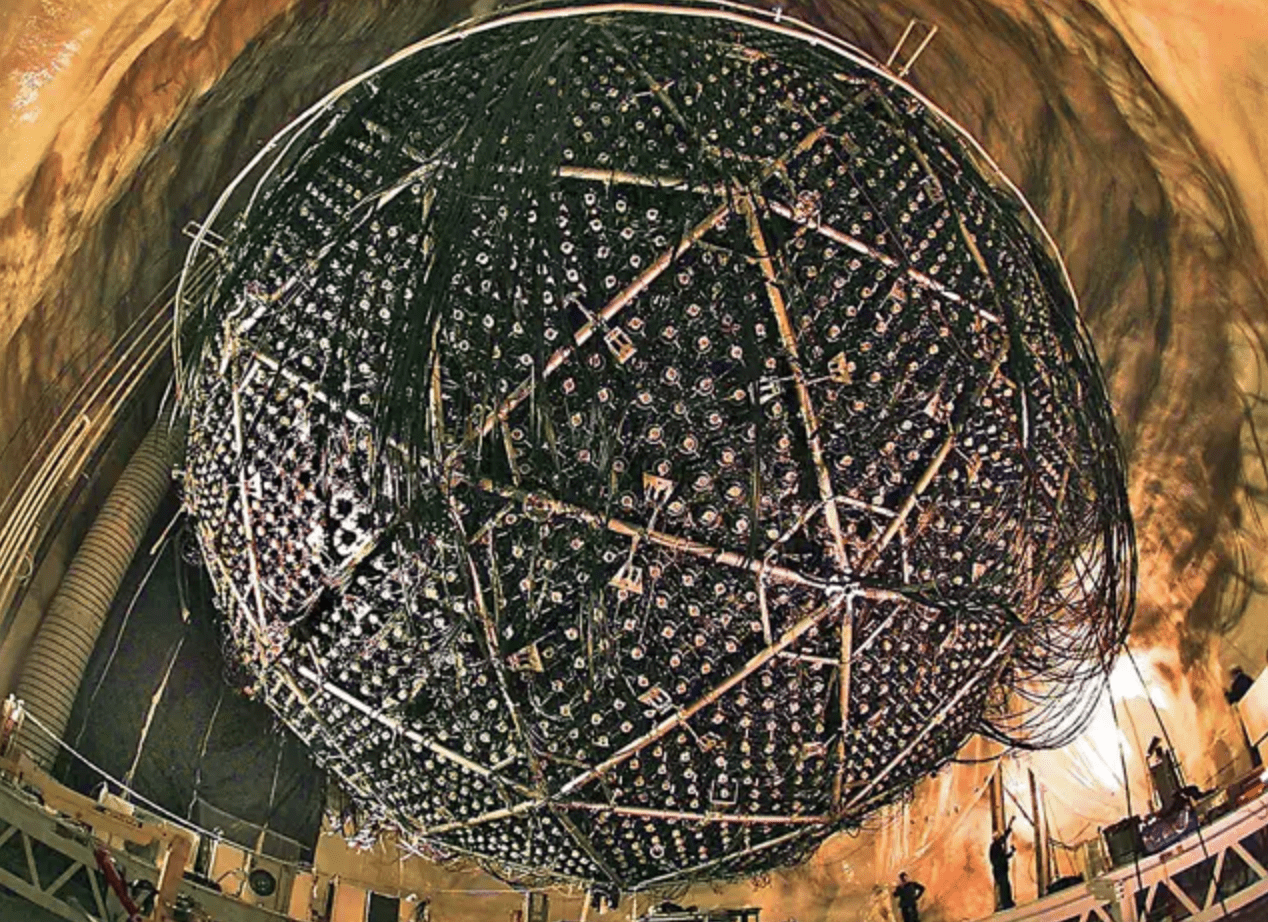
SNOLAB Underground Science Laboratory

Bergeron Centre for Engineering Excellence, York University

Hospital Outdoor COVID-19 Pandemic Response Unit
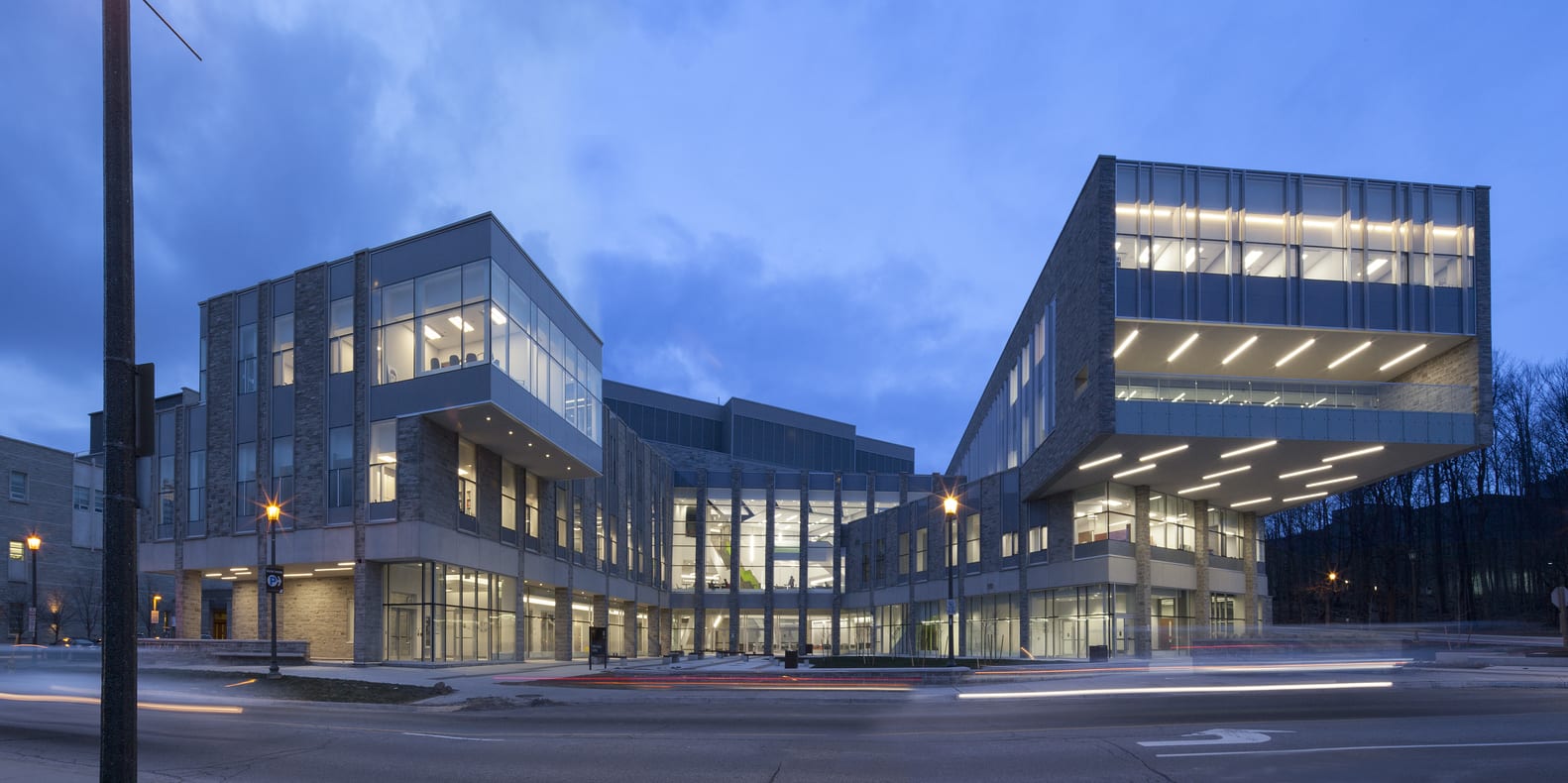
Western University School of Nursing, and Faculty of Information & Media Studies

Toronto Rehabilitation Institute

Centennial Centre for Interdisciplinary Sciences Phase II, Edmonton
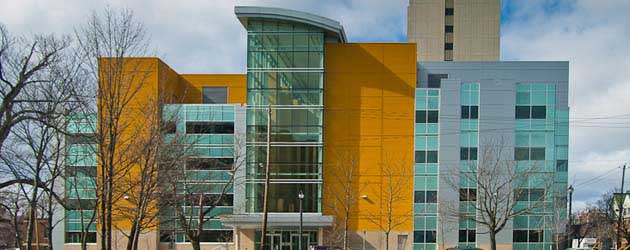
Life Sciences Research Institute (LSRI), Nova Scotia

David Braley Cardiac, Vascular and Stroke Research Institute

Atomic Energy of Canada Research Facility

Imperial Oil Research Centre / St Claire River Tunnel

KK Women’s and Children’s Hospital, Singapore

Papadakis Integrated Sciences Building, Philadelphia

Lakeridge Health Oshawa

Université de Sherbrooke Research Laboratory, Quebéc
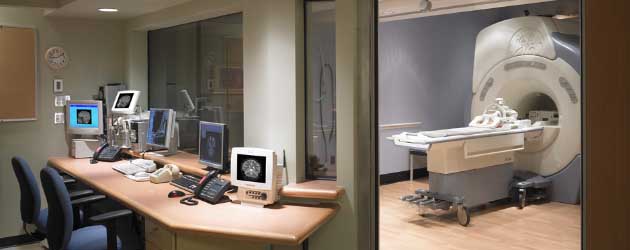
The Importance of Achieving Good Vibrations in Healthcare Facility Design

The Unforeseen Pitfalls of LEED Design from an Acoustical Perspective

What is STC and IIC Testing?
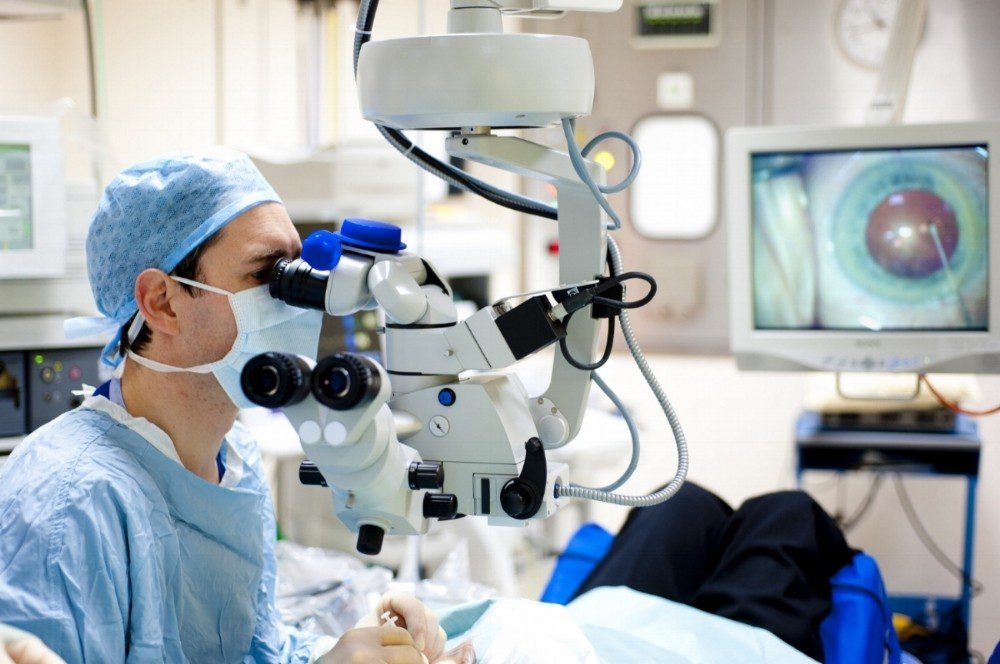
How Do You assess and Control Vibration Impacting Sensitive Equipment?
Who We Help
Our Markets
Engineers, Architects, Planners, Environmental Health & Safety Specialists, Developers, Owners/Operators and Property Managers in sectors including:
Need Answers?
Reach out to our acoustical consultants now.